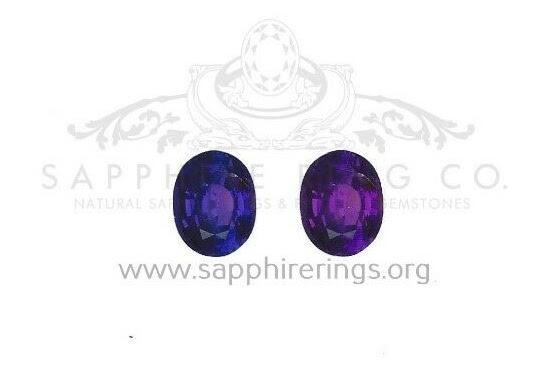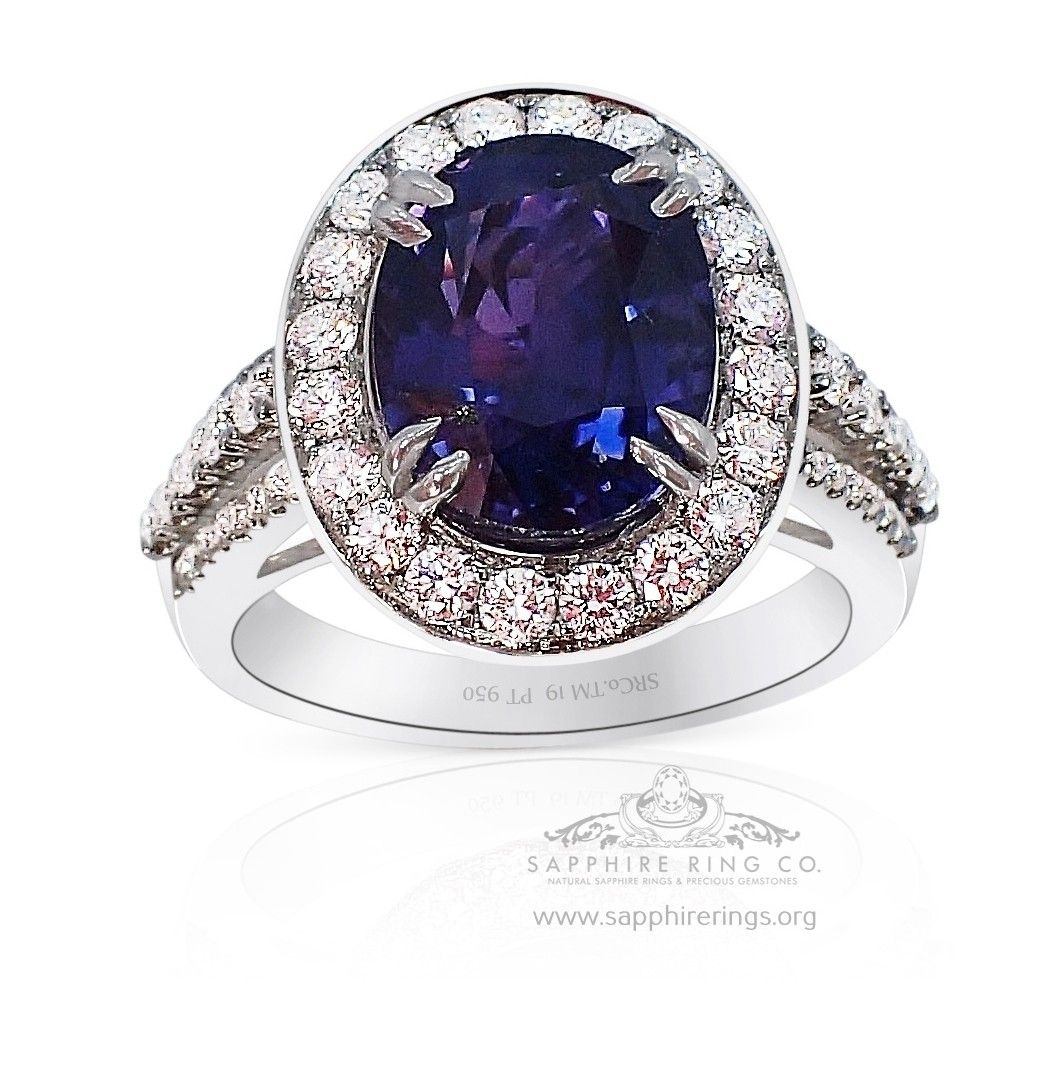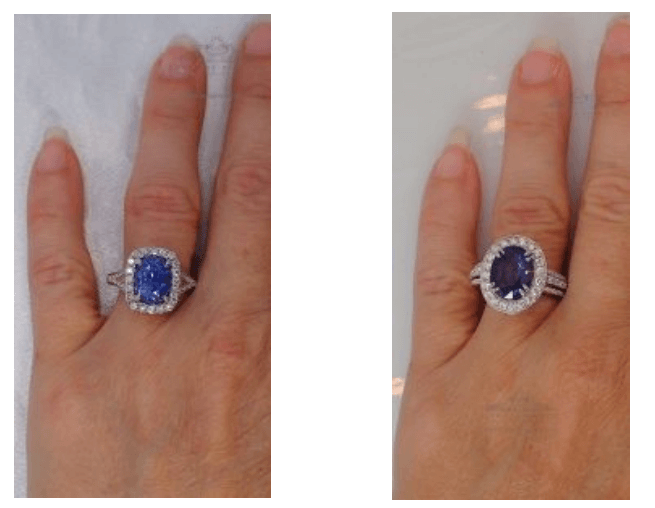Which one should you choose for your ring?
It is said that diamonds are a girl’s best friend, but for those looking for a more economical alternative that looks just as regal, sapphires rings have been a popular choice for a long time. Designated as a birthstone for September, the rarity of this stone has earned it a place among the big three of jewelry colored gemstones — the other two being ruby and emerald — making it well worth the investment, no matter which variant you go for.
Speaking of which, you have quite a few options when it comes to choosing the kind of sapphire to grace your ring. The two most common are blue sapphire and color change sapphire. If you are struggling to decide which one out of these two you should go for, this blog is for you!
Let us break down everything you need to know about this mesmerizing gemstone:
Blue Sapphires
The most famous of the sapphire colors and the reason why it has come to be known as the blue gemstone, the beauty of a traditional sapphire is unparalleled. Each cut’s hue is individual and nuanced, so you can be sure that no two stones in the world are exactly alike. With tones ranging from deep velvety blue to crisp cornflower blue, our blue sapphires are gorgeous specimens of nature’s beauty.
Color has the greatest influence on a sapphire’s value, and preferred sapphires have strong to vivid color saturation. Less valuable blue sapphires might also be grayish, murky, or blackish blue. But regardless of which hue you choose, the color of this stone exudes magnificence and splendor. As a ring, it looks especially elegant and goes with pretty much any dress, no matter the occasion. If making a statement is your goal, choose blue sapphire.
Color Change Sapphires
Most people are aware that sapphires come in a variety of colors, some of the most popular ones being Ceylon blues, gorgeous pinks and yellows, and of course sublime padparadscha stones. But if none of these colors suit you, or perhaps you are a colorful individual who wants more than one color, we have got just the right stone for you!
Color change and bi-color sapphires are exceptionally rare stones. Most people are unaware of their existence let alone know what they look like. Until now!
As the name suggests, color-change sapphires are stones that exhibit different colors in different lighting conditions. These gems are truly transfixing and marvelous to behold. Here are some of its many faces you will be treated to depending on the ambiance:
- Under daylight or fluorescent equivalent light:
The default color ranges from blue to violet when tilted from side to side.
- Under incandescent light (electric light bulbs, or candlelight):
The color changes to a range of violetish purple to strongly reddish-purple.
If you are curious about the science behind it, this effect is caused by the interaction of the sapphire, which absorbs specific wavelengths of light, and the light source, whose spectral output varies depending upon the illuminate. Traces of metal impurities in the sapphire, such as chromium and vanadium, are responsible for the color change.
But let us not get off track. The main question here is:
Would You Want A Color Change or Blue Sapphire?





